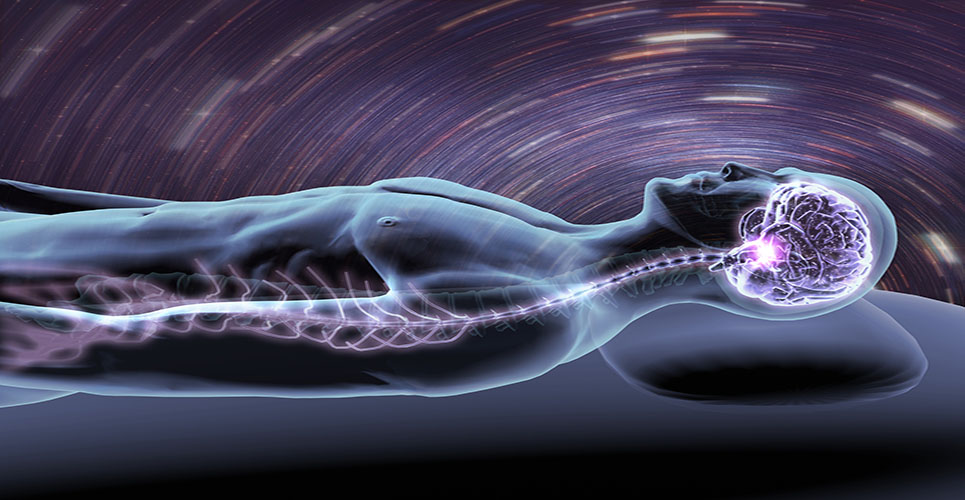The European Commission (EC) has granted a marketing authorisation for Spinraza® (nusinersen) for the treatment of 5q spinal muscular atrophy (SMA), Biogen has announced.1
The European Commission (EC) has granted a marketing authorisation for Spinraza® (nusinersen) for the treatment of 5q spinal muscular atrophy (SMA), Biogen has announced.1
5q SMA is the most common form of the disease and represents approximately 95% of all SMA cases.2 Spinraza is the first approved treatment in the European Union (EU) for SMA, a leading genetic cause of death in infants that is marked by progressive, debilitating muscle weakness. Spinraza was reviewed under the European Medicines Agency’s (EMA) accelerated assessment program, intended to expedite access to patients with unmet medical needs.
“Today we join individuals and families affected by SMA across Europe in celebrating the approval of Spinraza. Based on the robust efficacy and safety profile demonstrated in the clinical trials, we believe Spinraza will have a meaningful impact on infants, children and adults living with this devastating disease,” said Michel Vounatsos, chief executive officer at Biogen. “As part of our mission to improve the lives of those affected by SMA, we remain steadfast in our commitment to work with healthcare professionals, advocacy groups and government agencies to ensure people who could benefit from Spinraza receive access to this important treatment as quickly as possible.”
The approval of Spinraza is primarily based on results from two pivotal multicenter, controlled studies, including end of study data from ENDEAR (infantile-onset SMA) and an interim analysis of CHERISH (later-onset SMA), both of which demonstrated the clinically meaningful efficacy and favorable benefit-risk profile of Spinraza. The approval was also supported by open-label data in pre-symptomatic and symptomatic individuals with, or likely to develop, Types 1, 2 and 3 SMA.
In the ENDEAR end of study analysis, a statistically significant greater percentage of patients achieved the definition of motor milestone responder in the Spinraza group (51%) compared to the sham-control group (0%) (p<0.0001). Some infants in the Spinraza group achieved motor milestones including full head control, ability to roll, sitting, and standing. Additionally, infants treated with Spinraza demonstrated a statistically significant reduction (47%) in the risk of death or permanent ventilation (p=0.0046).
In the CHERISH pre-specified interim analysis, there was a statistically significant and clinically meaningful improvement in motor function in children with later-onset SMA (most likely to develop Type 2 or Type 3) treated with Spinraza compared to untreated children. Improvements were measured by the Hammersmith Functional Motor Scale Expanded (HFMSE) and demonstrated a treatment difference of 5.9 points in the mean change from baseline to Month 15 in the HFMSE score (p=0.0000002). The HFMSE is a reliable and validated tool specifically designed to assess motor function in children with SMA. The Phase III end of study data were consistent with the interim analysis and presented at the American Academy of Neurology annual meeting in Boston, Mass., April 2017.
“The overall clinical findings support the efficacy and safety of Spinraza in a broad range of individuals with SMA, including significant improvements in motor development and reduction in risk of death in infants,” said Prof Dr Jan Kirschner from the Medical Center University of Freiburg, Germany. “These unprecedented improvements bring new hope to a community where there previously were no approved treatments available to address the loss of motor function over time. We are now seeing motor improvements with Spinraza that are never seen in the natural course of the disease.”
Spinraza must be administered via intrathecal injection, which delivers therapies directly to the cerebrospinal fluid (CSF) around the spinal cord,3 where motor neurons degenerate in individuals with SMA due to insufficient levels of survival motor neuron (SMN) protein.4
Spinraza demonstrated a favourable benefit-risk profile. Thrombocytopenia, renal toxicity and coagulation abnormalities, including acute severe thrombocytopenia, have been observed after administration of other subcutaneously or intravenously administered antisense oligonucleotides. There is a risk of adverse reactions occurring as part of the lumbar puncture procedure (for example, headache, backpain, vomiting).
The timing of Spinraza availability in the EU will vary by country, per local reimbursement and access pathways. Biogen has been working with health systems and government agencies across the EU to help patients secure access to Spinraza.
In 2016, in response to the urgent need for treatment for the most severely affected individuals living with SMA, Biogen sponsored one of the largest, pre-approval Expanded Access Programs (EAP) in rare disease free of charge. The EAP has led to the initiation and ongoing treatment of more than 350 eligible individuals with infantile-onset SMA (most likely to develop Type 1) in 17 European countries.
For Spinraza prescribing information in the EU, please visit http://www.ema.europa.eu/ema/.
References
- EMA Spinraza Summary of Product Characteristics (SmPC). May 2017.
- Farrar MA, Kiernan MC. The Genetics of Spinal Muscular Atrophy: Progress and Challenges. Neurotherapeutics; 2015; 12:290–302.
- Evers MM, Toonen LJ, van Roon-Mom WM. Antisense oligonucleotides in therapy for neurodegenerative disorders. Adv Drug Deliv Rev. 2015;87:90-103.
- Lunn MR, Wang CH. Spinal muscular atrophy. Lancet. 2008;371(9630):2120-2133.

